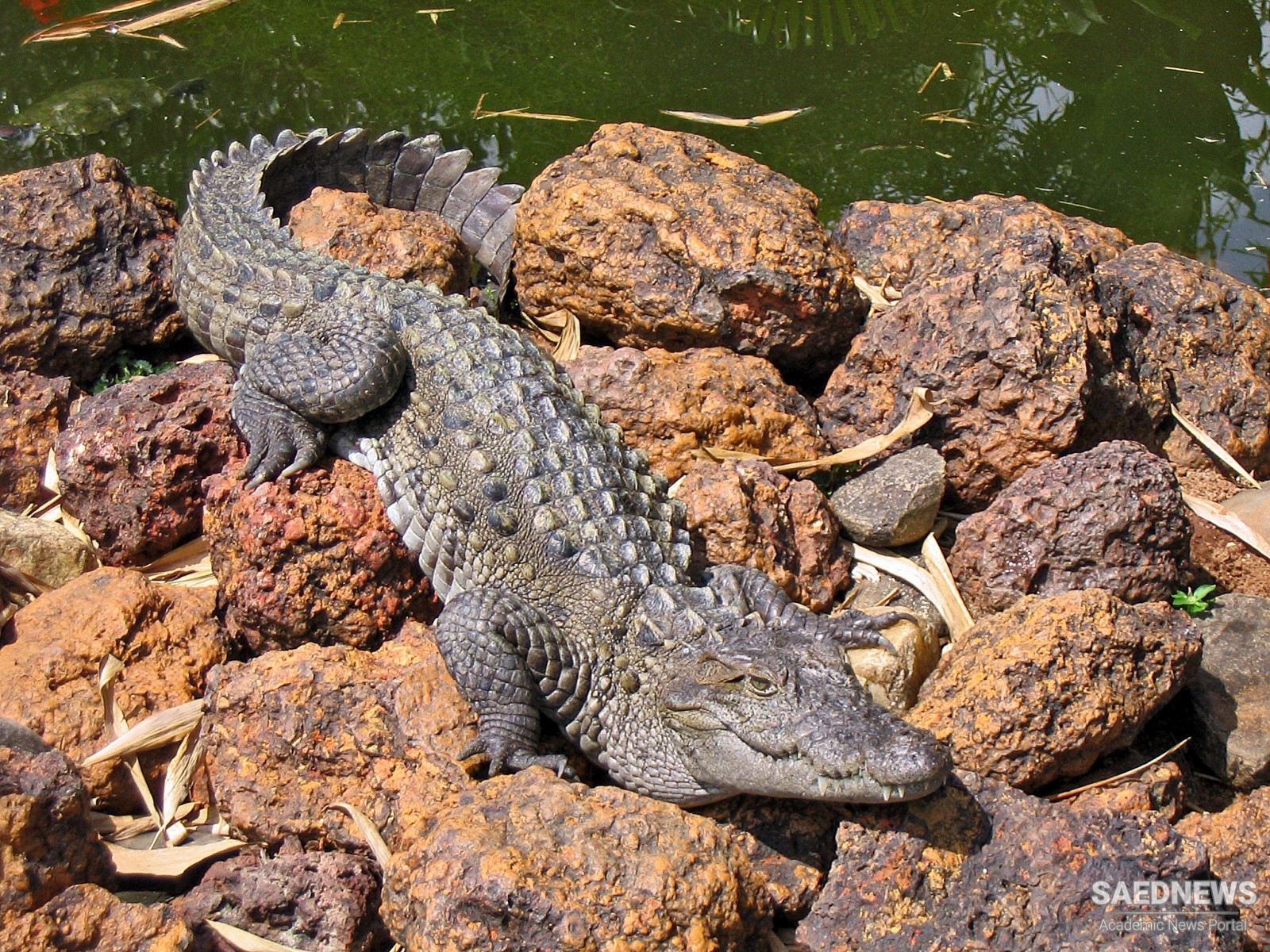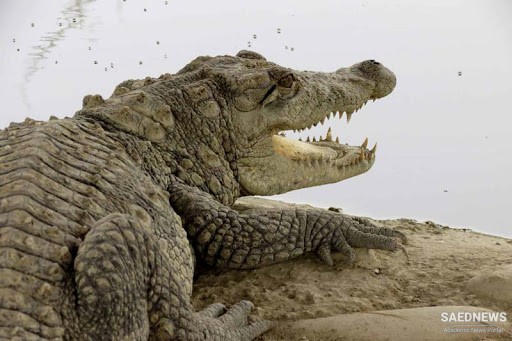Sistan and Baluchistan is the second largest province after Kerman in Iran. Its northern half is called Sistan and the southern half is Baluchistan; it borders Afghanistan and Pakistan, and the Oman Sea is on its side. It is a province in eastern Iran with diverse climates, Martian mountains, active mudflats, Avicennia marina, ocean-bound ports, magnificent straits, and historic castles.
Traveling to this province, you will face a pristine nature that you would like to travel several times and visit this vast land. One of the famous attractions of Sistan and Baluchestan, which is important not only nationally but internationally, is the Marsh crocodile. The English name for this crocodile is "mugger" but does not mean "snatcher"! Rather, it is an Indian word that means "water monster". In Iran, locals call it "Gando" which is a Baluchi word that means "walking on the belly".
Gando has a wide snout and short legs. The crocodile's habitat ranges from eastern India to Pakistan and continues to some parts of Iran. The generation of this crocodile extinct in Myanmar, and we question its existence in Nepal, but it still exists in Sri Lanka.
The only habitat of Gando in Iran in the south of Sistan and Baluchestan province is in the protected areas of Bahoukalat, Sarbaz River and Kaju. The Sarbaz River, beginning with the She Raheh Sarbaz (Three-way Soldier), flows into the former dam on the Iran-Pakistan border. The Bahoukalat River begins from the southern part and it eventually flows into the Gwadar Bay and the Oman Sea.
The Kaju River also flows to the western part of the province, which means that much of Sistan and Baluchistan is the habitat of Gando. But since only a small portion of the Kaju River is protected, there is no good future for this type of crocodile because some activities such as industrial and construction activities are against the law in a protected area. And when it is not protected, that brings some comfort.
Gando is an oviparous animal and it mates late Esfand (the twelfth and final month of the Solar Hijri calendar) and its laying eggs happen late Ordibehesht (the second month of the Solar Hijri calendar). At the time of laying eggs, it digs a pit in the soft and moisty soil in depth of thirty centimeters to secure a place for its eggs. The number of eggs depends on different conditions, including nutrition, but typically ranges from twenty to thirty. About sixty-five days later the babies come out of the eggs, they are twenty-five long and their color is olive with black spots. They would be three, three and a half meters in adulthood and the weight of adult crocodiles is two hundred to three hundred kilograms, depending on habitat and food availability. Gando stores fat in its tail and a thicker tail is a sign of the good health of the animal.
This kind of crocodile is shy, cautious, and timid enough that it is hard to be seen. As soon as he felt the danger, it sinks into the water and hides but it must return to the surface immediately to breathe. Gondo hunts at night, the fish, birds, and mammals around the river make its food. This crocodile digs tunnels in the walls of ponds and rivers to escape the heat and to rest there. Sometimes the length of these tunnels reaches five to six meters, where two crocodiles rest.
Drought, dehydration, and habitat destruction shorten the life of this rare animal and put them at the risk of extinction. To further protect this crocodile, a station for breeding is built on Sarbaz River area around Darkas Village. It has an area of ten hectares and the crocodiles are manually fed or they are given live hen.



 Alam Kuh the Steps towards the Blue Sky
Alam Kuh the Steps towards the Blue Sky














































